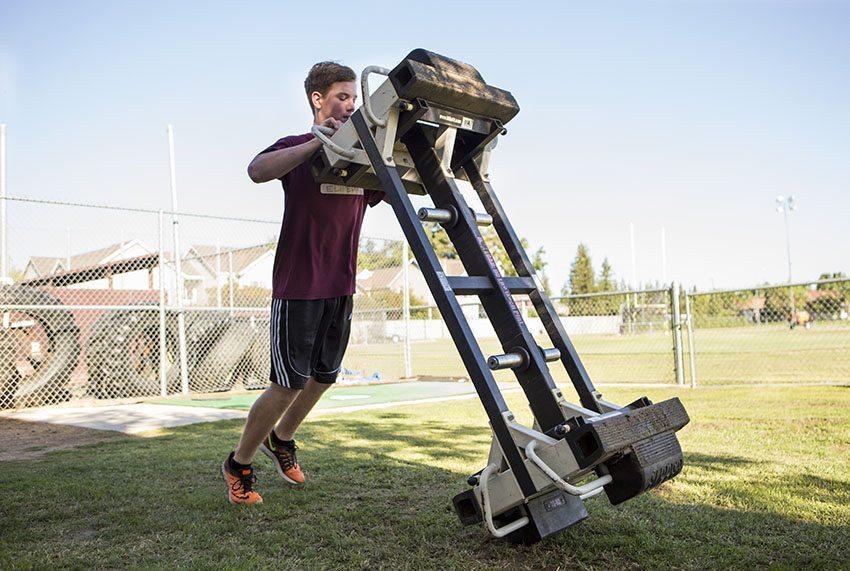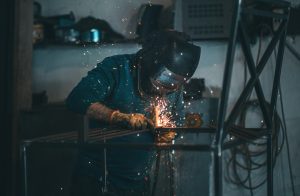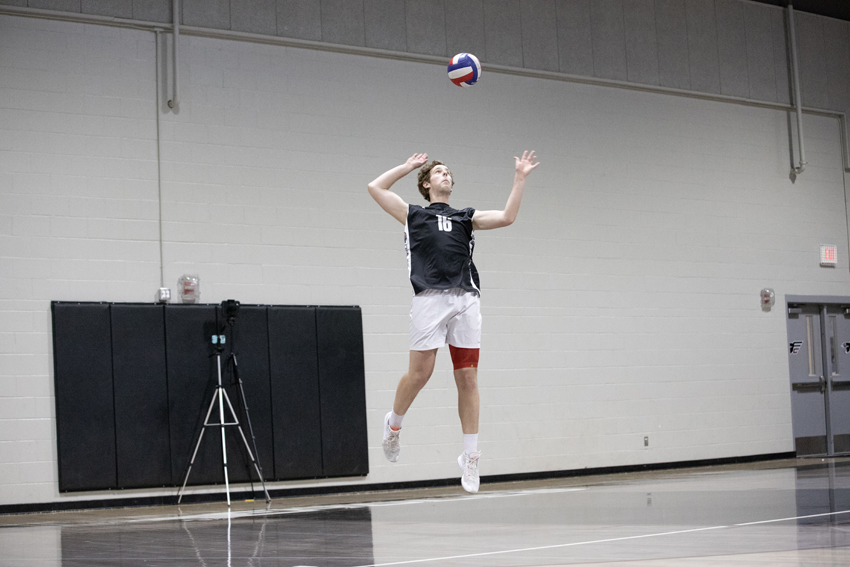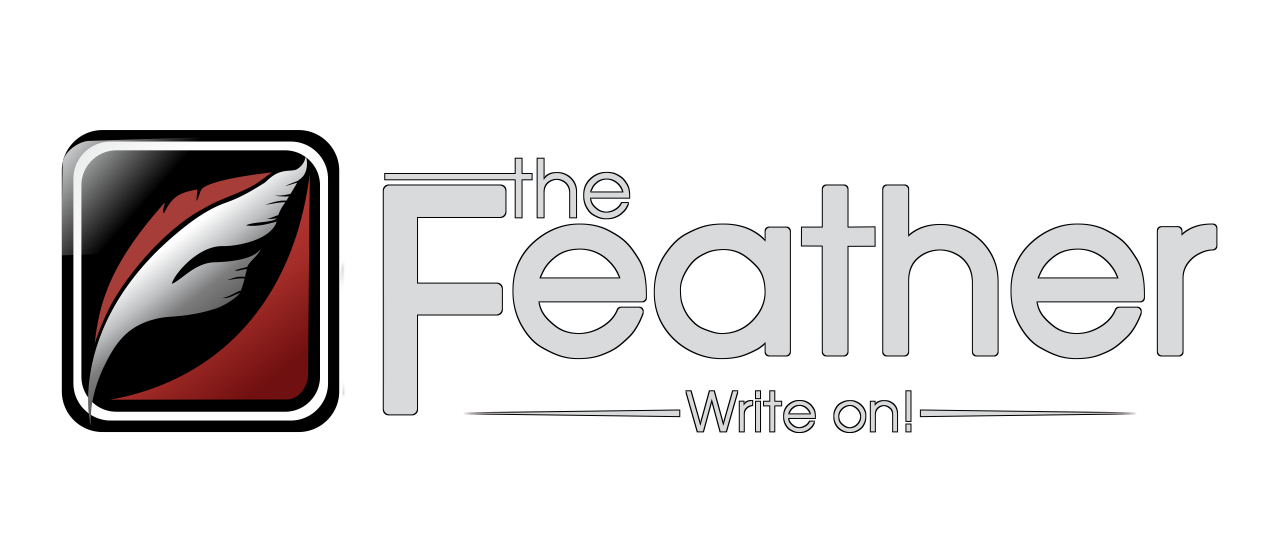
Functional Human blog, No. 12-It’s Good to be King
Mick Fuller and Mick Fuller
• February 4, 2019

Functional Human blog, No. 11: The Gift You Give Yourself
Mick Fuller and Mick Fuller
• December 17, 2018

Functional Human blog, No. 10: Goals
Mick Fuller and Mick Fuller
• December 10, 2018

Functional Human blog, No. 9: The FC Strength Lifting Meet
Mick Fuller and Mick Fuller
• November 29, 2018

Functional Human blog, No. 8: The Isolation Problem
Mick Fuller and Mick Fuller
• November 14, 2018

Functional Human blog, No. 7: “The Thigh Bone’s Connected to the Hip Bone.”
Mick Fuller and Mick Fuller
• November 6, 2018

Functional Human blog, No. 6: If You Want To Get Strong
Mick Fuller and Mick Fuller
• October 23, 2018

Functional Human blog, No. 5: When I Don’t Want to Train
Mick Fuller and Mick Fuller
• October 11, 2018

Functional Human blog, No. 4: Words You Should Know
Mick Fuller and Mick Fuller
• October 4, 2018

Functional Human blog, No. 3: Two important questions
Mick Fuller and Mick Fuller
• October 1, 2018

Functional Human blog, No. 2: Exercise
Mick Fuller and Mick Fuller
• September 25, 2018

Functional Human blog, No. 1
Mick Fuller and Mick Fuller
• September 18, 2018
Load more stories
Recent Comments
- Delaney on Column: Taking the First Step
- kemya on Column: Taking the First Step
- Jeremy Brown on Athlete Spotlight: Izzy Adams overcomes surprising injury
- Angie Counts on [Podcast] FC EagleCast, Episode No. 4 – Angie Counts
- Ruby Baker on Athlete Spotlight: Izzy Adams overcomes surprising injury
Letter to the Editor










![[Video] 100th CSPA Spring Journalism Conference](https://thefeather.com/wp-content/uploads/2024/04/20240308-cspa-crown-002.jpg)
![[Video] New York Day 4](https://thefeather.com/wp-content/uploads/2024/04/NY-trip-day-4-JC-.jpg)

